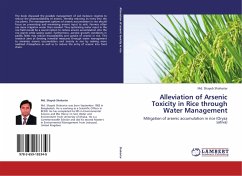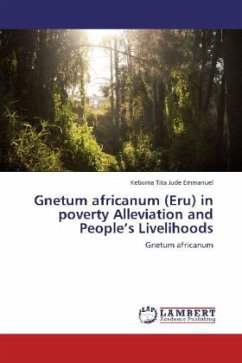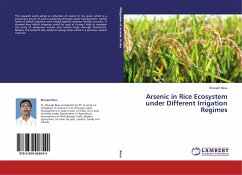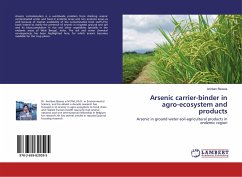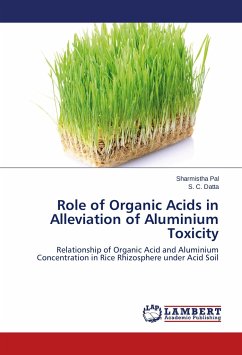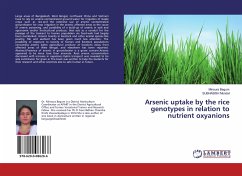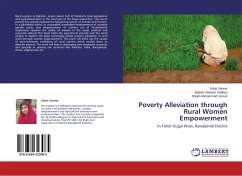The book discussed the possible management of soil moisture regimes to reduce the phytoavailability of arsenic, thereby reducing its entry into the rice plants. The management options of arsenic accumulation in rice should focus on preventing and minimizing arsenic input to soils. Farmers often use more irrigation water than needed. Thus optimizing water input in the rice field would be a sound option to reduce arsenic accumulation into the rice plants while saving water. Furthermore, aerobic growth conditions in paddy fields may reduce bioavailability and uptake of arsenic in rice. This research aims at devising remedial measures through water management to minimize arsenic accumulation and toxicity in rice by making more oxidized rhizosphere as well as to reduce the entry of arsenic into food chain.
Bitte wählen Sie Ihr Anliegen aus.
Rechnungen
Retourenschein anfordern
Bestellstatus
Storno

